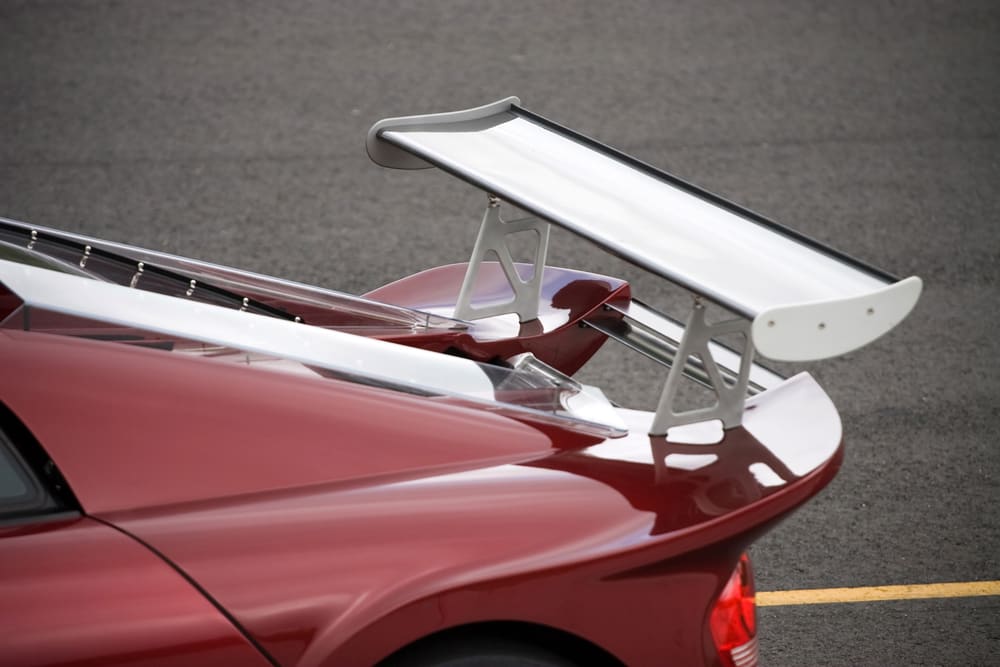

ARENA Creative / Shutterstock.com
If you live in Connecticut or are planning to move to the state and want to modify your vehicle, you need to know what the law allows to ensure you are street legal. Below you will find what modifications the state allows.
Sounds and noise
Connecticut limits the amount of noise that your vehicle can emit through the sound system and muffler.
Sound system and muffler
Connecticut limits the decibel levels based on the Gross Vehicle Weight Rating (GVWR), speed and year of manufacture. These regulations apply to both the sound system and muffler.
Manufactured prior to 1979 and under 10,000 pounds, 76 decibels at 35 MPH or less, 82 decibels at 35 MPH or higher
Manufactured after January 1, 1979 and under 10,000 pounds, 72 decibels under 35 MPH, 79 decibels at 35 MPH and above
Manufactured prior to 1979 and over 10,000 pounds, 86 decibels at 35 MPH or less, 90 decibels at 35 MPH or higher
Manufactured after January 1, 1979 and over 10,000 pounds, 83 decibels under 35 MPH, 88 decibels at 35 MPH and above
Additionally, mufflers are required, and can’t have bypasses or cutouts installed.
Tip: Also check with local county laws in Connecticut to make sure you are following any municipal noise ordinances that may be more stringent than state-level laws.
Frame and suspension
Connecticut laws concerning the frame and suspension of vehicles include:
Suspension modifications can’t exceed four inches of lift.
Frames can be any height but must be in good condition.
Vehicles can’t exceed 13 feet 6 inches in height.
Hydraulic shock systems are not permitted for raising or lowering the vehicle.
Engine
In Connecticut, vehicles must pass vehicle emissions tests. Additionally, if pressurized gas is the fuel source, the vehicle must display a sign saying “Pressurized Flammable Gas” in 2-inch block letters as close to the tank as possible.
Lighting and windows
Lights
All lights visible from the front of the vehicle must be white.
All lights visible from the rear of the vehicle must be red.
Lights visible on the sides must be yellow or amber.
Lights over 300 candlepower can only come on with the tail lamps and can’t be used on the road.
Window tinting
Reflectivity must be under 27%.
Front side and back side windows must allow over 35% of the light through.
Rear window tint in any darkness is permitted with two side mirrors.
Vehicles with tinted windows must have a compliance sticker affixed that is provided by the Department of Motor Vehicles.
Antique/classic car modifications
Connecticut requires antique or classic cars and custom-built vehicles to be registered and titled.
If you want to modify your vehicle but want to be in compliance with Connecticut laws, YourMechanic can provide the mobile mechanics to help you install the new parts. You can also ask our mechanics what modifications may be best suited to your car using our free online Q&A system, Ask a Mechanic.



